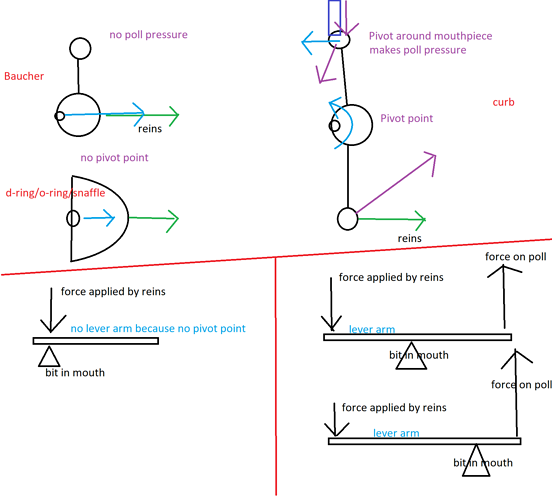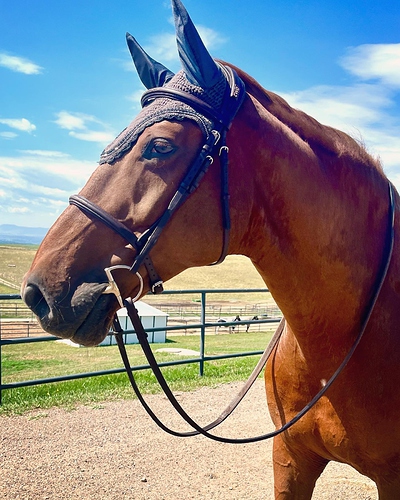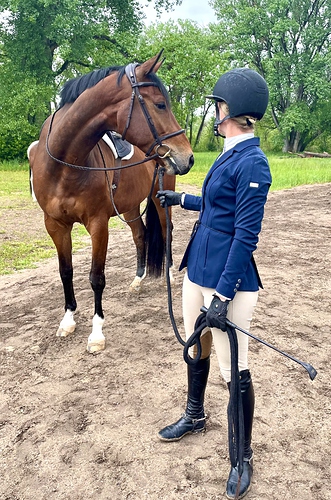The left drawing is a baucher, the right being a gag/pelhum/curb bit.
On the baucher drawing, the reins apply pressure to the bit ring - then mouth. There is no way for the reins to be able to apply pressure to the poll with anymore pressure than the weight of the bit hanging on the cheekpieces.
The curb drawing shows the rotation point. This is why different length crub’s have different amount of poll pressures - they act on a lever.
https://en.wikipedia.org/wiki/Lever#:~:text=Law%20of%20the%20lever,-See%20also%3A%20Mechanical&text=The%20lever%20is%20a%20movable,points%20closer%20to%20the%20pivot.
I tried to show the bit more as a simple lever. It’s not exactly the same, but maybe it will help to explain?
The baucher (and any other snaffle) do not have a lever arm, and therefore cannot make more poll pressure. There is poll pressure just the weight of the snaffle at the end of the cheekpieces, but that is not what we are talking about here.
A curb can and does exert a force on the poll based on the rotation about the mouthpiece.






